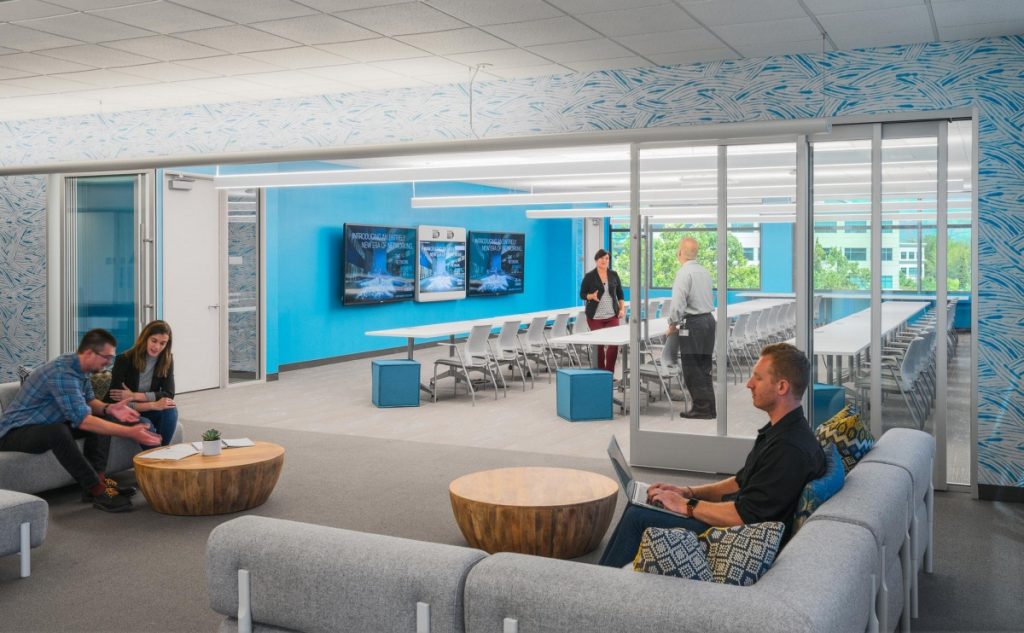In today’s world, the need for sustainable building best practices has never been more critical. With increasing awareness about environmental issues and the impact of construction on our planet, homeowners and real estate developers are seeking innovative ways to create eco-friendly and energy-efficient buildings. Sustainable building best practices not only reduce the carbon footprint but also offer long-term economic benefits. This article will delve deep into these practices, offering valuable insights for those keen on making a difference.

What Are Sustainable Building Best Practices?
Sustainable building best practices refer to the techniques and strategies used in the construction industry to promote environmental protection and resource efficiency throughout a building’s lifecycle. This includes everything from choosing environmentally benign materials to utilizing energy-efficient designs.
Importance of Sustainability in Construction
The construction industry is a significant contributor to environmental degradation. By adopting more sustainable methods, we can reduce waste, conserve natural resources, and create healthier living environments. In doing so, we also play a vital role in combating climate change.
Benefits of Sustainable Building
Eco-friendly buildings offer numerous benefits, including reduced utility costs, lower maintenance expenses, and increased property value. Moreover, they provide better indoor air quality, which can improve occupants’ health and well-being.
According to the US Green Building Council, buildings that adhere to these practices significantly contribute to environmental stewardship.
Choosing the Right Materials
One of the most crucial steps in sustainable construction is selecting the right materials. Opt for locally sourced, renewable, or recyclable materials to minimize environmental impact. Materials like bamboo, recycled metal, and reclaimed wood are excellent choices.
Insulating Materials
Proper insulation is key to energy efficiency. Insulating materials made from recycled content, such as cellulose or wool, can effectively reduce heating and cooling demands.
Energy-Efficient Designs
Incorporating energy-efficient designs is vital in sustainable building. Features like solar panels, energy-efficient windows, and advanced heating and cooling systems greatly reduce energy consumption.
Passive Solar Design
Utilizing the natural path of the sun through strategic placement of windows and structures can significantly lower energy usage. This concept, known as passive solar design, is a cornerstone of sustainable architecture.
Water Efficiency
Water conservation is another pillar of sustainable building. Installing low-flow fixtures, rainwater harvesting systems, and drought-resistant landscaping helps minimize water use.
Greywater Systems
Innovative greywater systems recycle water from baths, sinks, and washing machines for use in landscape irrigation, further conserving water resources.
Incorporating Smart Technology
Smart technology enhances building efficiency by automating systems like lighting, heating, and security. Smart thermostats, lighting systems, and energy management tools streamline resource usage effectively.
Learn more about integrating smart tech in green construction projects to optimize resource utilization.
Indoor Environmental Quality
Maintaining high indoor environmental quality is crucial for sustainable buildings. Effective ventilation systems and non-toxic materials contribute to healthier indoor air quality.
Use of Non-Toxic Materials
To enhance air quality, use paints, finishes, and other products free of harmful chemicals and volatile organic compounds (VOCs).
Innovative Waste Management
Minimizing waste during construction reduces the burden on landfills. Effective waste management practices include reusing and recycling materials and preventing unnecessary waste.
On-site Recycling
Implementing on-site recycling stations encourages efficient sorting and disposal of construction debris, enhancing sustainability.
Transportation Efficiency
Promoting alternative transportation options reduces the carbon footprint of building projects. Encourage the use of bicycles, public transit, and electric vehicles.
Discover more tips for sustainable planning that can improve your project’s eco-friendliness.
Continuous Improvement and Innovation
The journey towards exceptional sustainability is ongoing. It involves continuous improvement and innovation by adopting the latest technologies and practices.
Research and Development
Investing in research and development can lead to breakthroughs in materials and design, advancing the sustainability of future building projects.
Certifications and Standards
Adherence to certification programs like LEED and BREEAM provides a structured path towards achieving sustainability benchmarks. These certifications promote transparency and accountability in construction practices.
LEED Certification
The LEED certification is recognized worldwide as a mark of excellence in sustainable construction. Achieving LEED status can significantly enhance a building’s marketability.
Conclusion
Sustainable building best practices are crucial for creating environmentally responsible and resource-efficient structures. Implementing these strategies benefits not only the environment but also the economy and society as a whole. Whether you’re a homeowner or a real estate developer, integrating these practices can lead to long-term success.

FAQs
Why are sustainable building practices important?
Sustainable building practices are important because they help reduce environmental impact, lower energy and water consumption, and provide healthier living spaces.
What are some sustainable materials used in construction?
Some sustainable materials include bamboo, recycled metals, reclaimed wood, and materials with a high percentage of recycled content.
What is passive solar design?
Passive solar design involves using the natural energy from the sun to heat a building, reducing the need for mechanical heating and cooling.
This article contains affiliate links. We may earn a commission at no extra cost to you.




